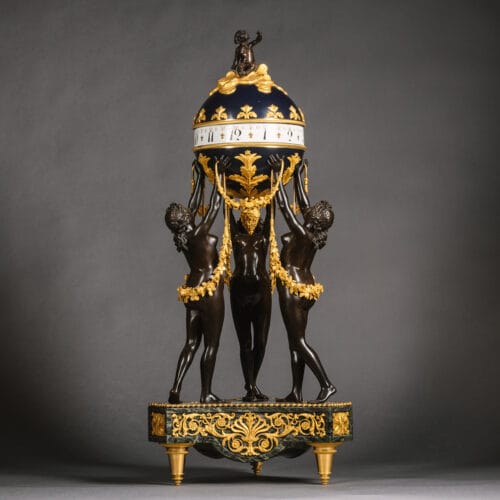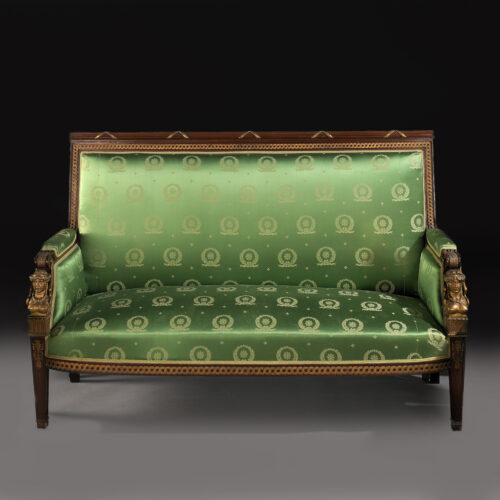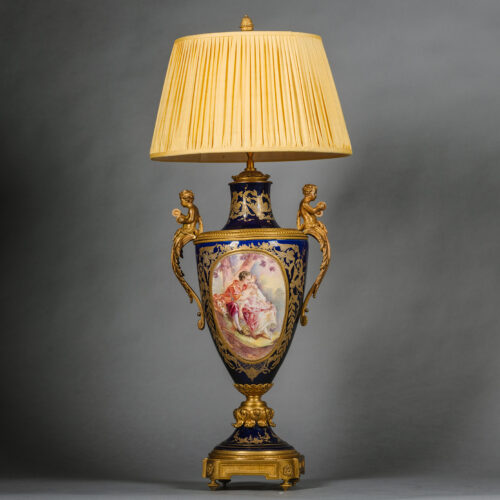François Linke
A Rare Louis XVI Style Gilt-Bronze Mounted Mahogany Cylinder Bureau
£65,000
A Rare Louis XVI Style Gilt-Bronze Mounted Mahogany Cylinder Bureau. By François Linke, Paris. Index Number 100. France, Circa 1890. The top with three...
Dimensions
Height: 115 cm (46 in)Width: 130 cm (52 in)
Depth: 63 cm (25 in)
Description
A Rare Louis XVI Style Gilt-Bronze Mounted Mahogany Cylinder Bureau. By François Linke, Paris. Index Number 100. France, Circa 1890.
The top with three quarter pierced gallery. The cylinder front centred by a gilt-bronze foliate framed oval decorated with floral marquetry and a harp and books representing lyric poetry. Flanked by twin-light gilt-bronze candelabra. The roll-top enclosing an arrangement of four small drawers and five small compartments above a gilt-tooled green leather writing surface. The frieze fronted by a central drawer with spring-loaded secret release and faced with a relief-cast plaque of cloudborne putti representing the arts. The flanking drawers with gilt-bronze acanthus cast handles and fruiting cornucopia escutcheons. The sides with gilt-bronze relief cast plaques of putti emblematic of sculpture. The reverse with a gilt-bronze rose wreath. On square section tapering legs.
The locks signed to the reverse ‘Ct. Linke / Serrurerie / Paris’.
In total François Linke is recorded to have made ten examples of this cylinder bureau. This one is richly veneered in plum-pudding mahogany, it was also available in amaranth or plane and satiné with various complexities of marquetry. Of these ten, the present example is amongst the most superior, few were made with gilt-bronze candle arms flanking the cylinder.
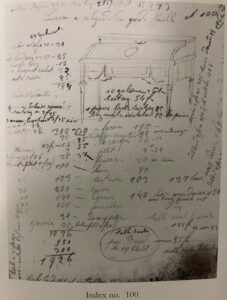
Linke’s sketch and registre record for Index Number: 100 (Courtesy Christopher Payne/Linke Archive).
In Linke’s register it is recorded as index number 100 with the title ‘Bureaux à cylindre, Louis XVI Marie-Antoinette’. This is in reference to the Louis XVI model of roll-top desk on which Linke’s version is based.
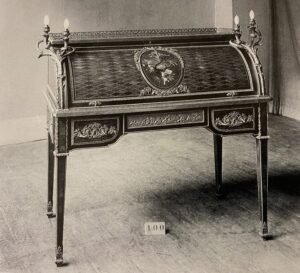
Linke’s Fiche of Index 100, ‘Bureaux à cylindre, Louis XVI Marie-Antoinette’. (Courtesy Christopher Payne/Linke Archive).
The original bureau was supplied by Jean-Henri Riesener for Marie-Antoinette at the Tuileries in 1784 (Inv. No. OA 5226 Musée du Louvre). The exhibition of the original bureau at the retrospective Exposition de l’union centrale des arts décoratifs of 1882 was the inspiration for late 19th century copies of the model by leading Parisian ébénistes, and the model was made by Beurdeley, Dasson, Durand as well as Linke.
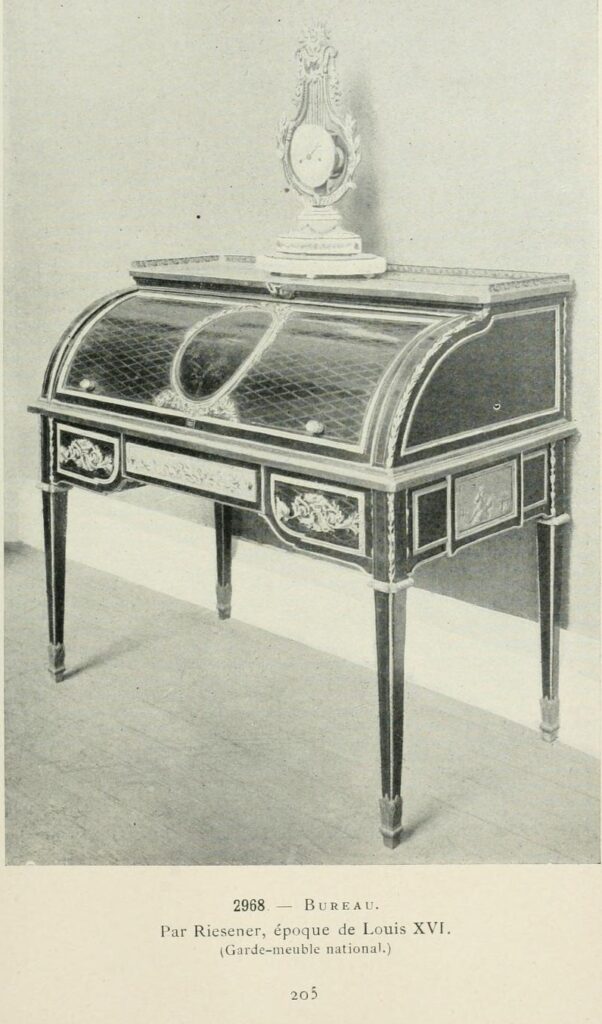
The bureau supplied by Jean-Henri Riesener for Marie-Antoinette at the Tuileries in 1784 (Inv. No. OA 5226 Musée du Louvre), pictured at the Exposition Universelle in Paris in 1900, (Garde-meuble national) in the ‘Catalogue officiel illustré de l’exposition rétrospective de l’art française des origine à 1800’, no- 2968.
Date
Circa 1890
Origin
France
Medium
Gilt-Bronze Mounted Mahogany
Signature
The locks signed to the reverse ‘Ct. Linke / Serrurerie / Paris’.
François Linke (1855 – 1946) was the most important Parisian cabinet maker of the late nineteenth and early twentieth centuries, and possibly the most sought after cabinet maker of his period.
He was born in 1855 in the small village of Pankraz, in what is now the Czech Republic. Records show that Linke served an apprenticeship with the master cabinetmaker Neumann, then in 1875 at the age of 20 he arrived in Paris where he lived until he died in 1946.
It is known that the fledgling Linke workshops were active in Paris in the Faubourg St. Antoine as early as 1881, and during this time he supplied furniture for other more established makers such as Jansen and Krieger.
The quality of Linke’s craftsmanship was unsurpassed by any of his contemporaries and reached its peak with his spectacular stand at the Paris Exposition Universelle in 1900, where his Grand Bureau took the gold medal. He gambled his fortune and reputation on this stand, exhibiting several breathtaking items of furniture with sculptural mounts of the most exceptional quality and proportion. His gamble worked and his reputation was established to such an extent that Linke continued to be the pre-eminent furniture house in Paris until the Second World War.
As the Art Journal reported in 1900 on Linke’s stand:
‘The work of M. Linke … was an example of what can be done by seeking inspiration amongst the classic examples of Louis XV and XVI without in any great sense copying these great works. M. Linke’s work was original in the true sense of the word, and as such commended itself to the intelligent seeker after the really artistic things of the Exhibition. Wonderful talent was employed in producing the magnificent pieces of furniture displayed….’
The formation of Linke’s distinctive style was made possible by his collaboration with the sculptor Léon Messagé. Together Linke and Messagé designed furniture for Linke’s 1900 exhibition stand, with exuberant allegorical figures cast in high relief, that exemplified Linke’s ability to seamlessly merge the different mediums of wood carving, bronze and marquetry into a dynamic unified whole.
Today Linke is best known for the exceptionally high quality of his work, as well as his individualism and inventiveness. All of his work has the finest, most lavish mounts, very often applied to comparatively simple carcasses. The technical brilliance of his work and the artistic change that it represented were never to be repeated.
Bibliography:
Payne, Christopher. François Linke, (1855 – 1946), The Belle Époque of French Furniture, Antique Collectors’ Club, (Woodbridge, UK), 2003.
Meyer, Jonathan. Great Exhibitions – London, New York, Paris, Philadelphia, 1851-1900, Antique Collectors’ Club, (Woodbridge, UK), 2006; pp. 298 – 300.
Ledoux – Lebard, Denise. Les Ébénistes du XIXe siècle, Les Editions de l’Amateur, (Paris), 1984; pp. 439-43.
Revue Artistique & Industrielle, (Paris), July-August 1900.
Coral Thomsen, D. (ed), The Paris Exhibition 1900, The Art Journal, 1901; p.341.
C. Payne, Linke, Blue Daybook entry, p. 475, for the Blue Daybook entry; and p. 488, for a black and white cliché of index number 100.
D. Alcouffe et al., Furniture Collections in the Louvre, Vol. I, p. 283-285, for an illustration and discussion of the 18th century model.
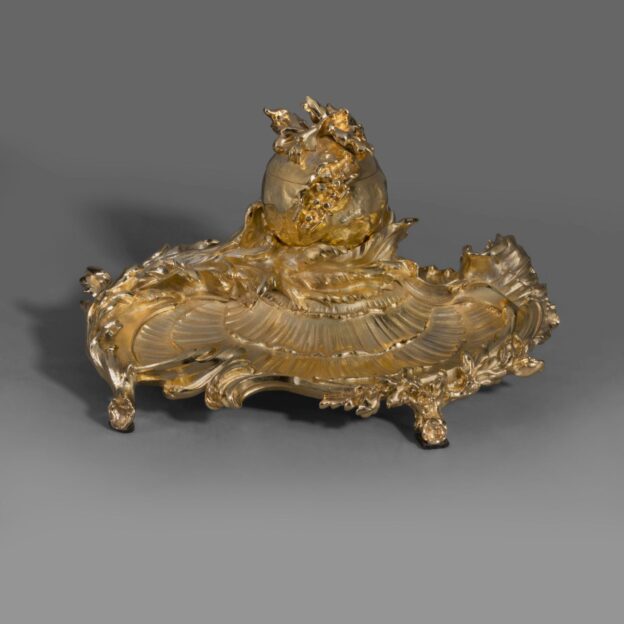




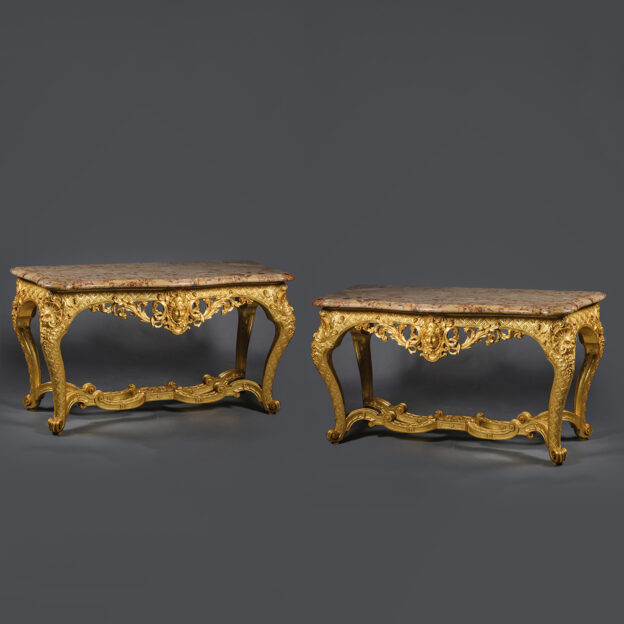
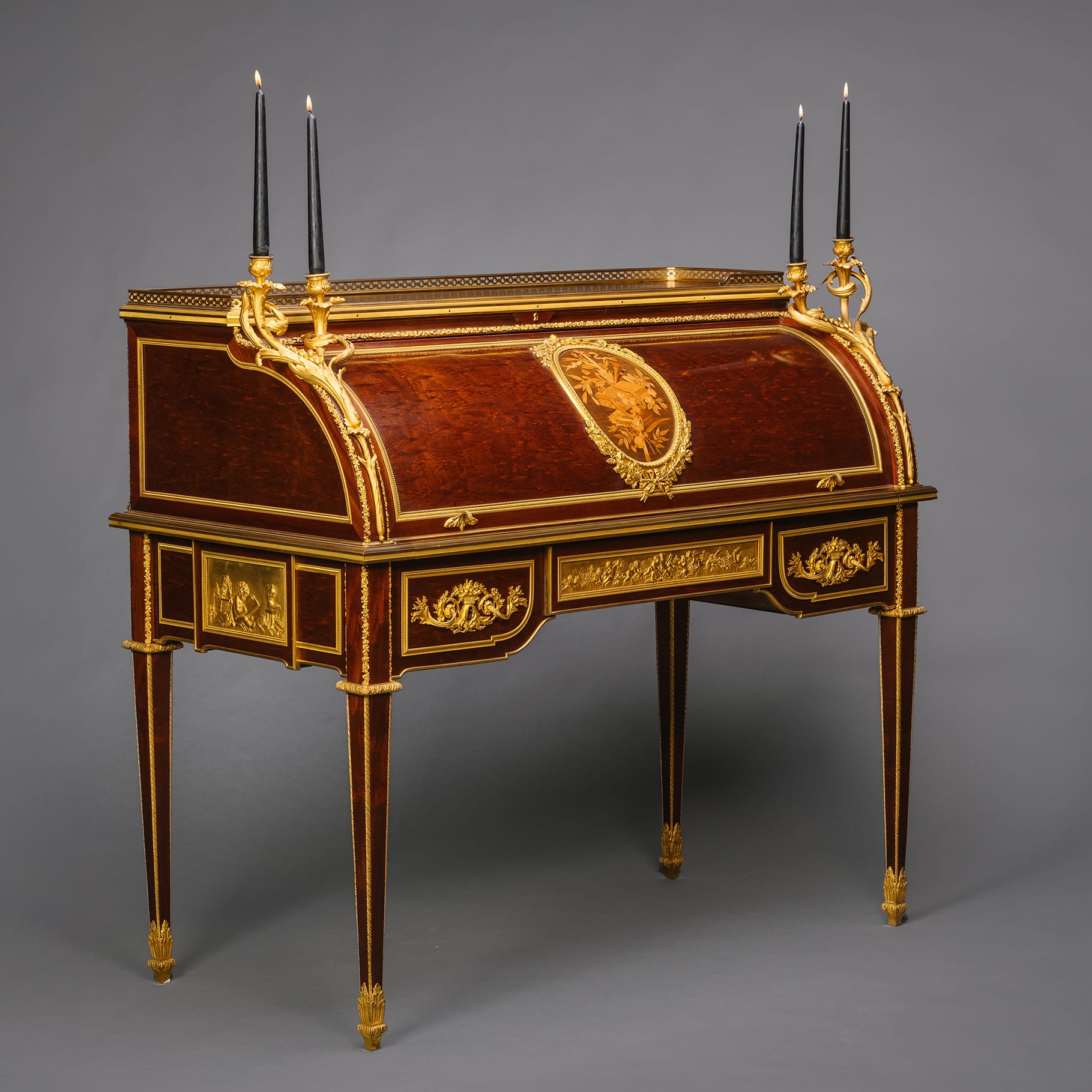
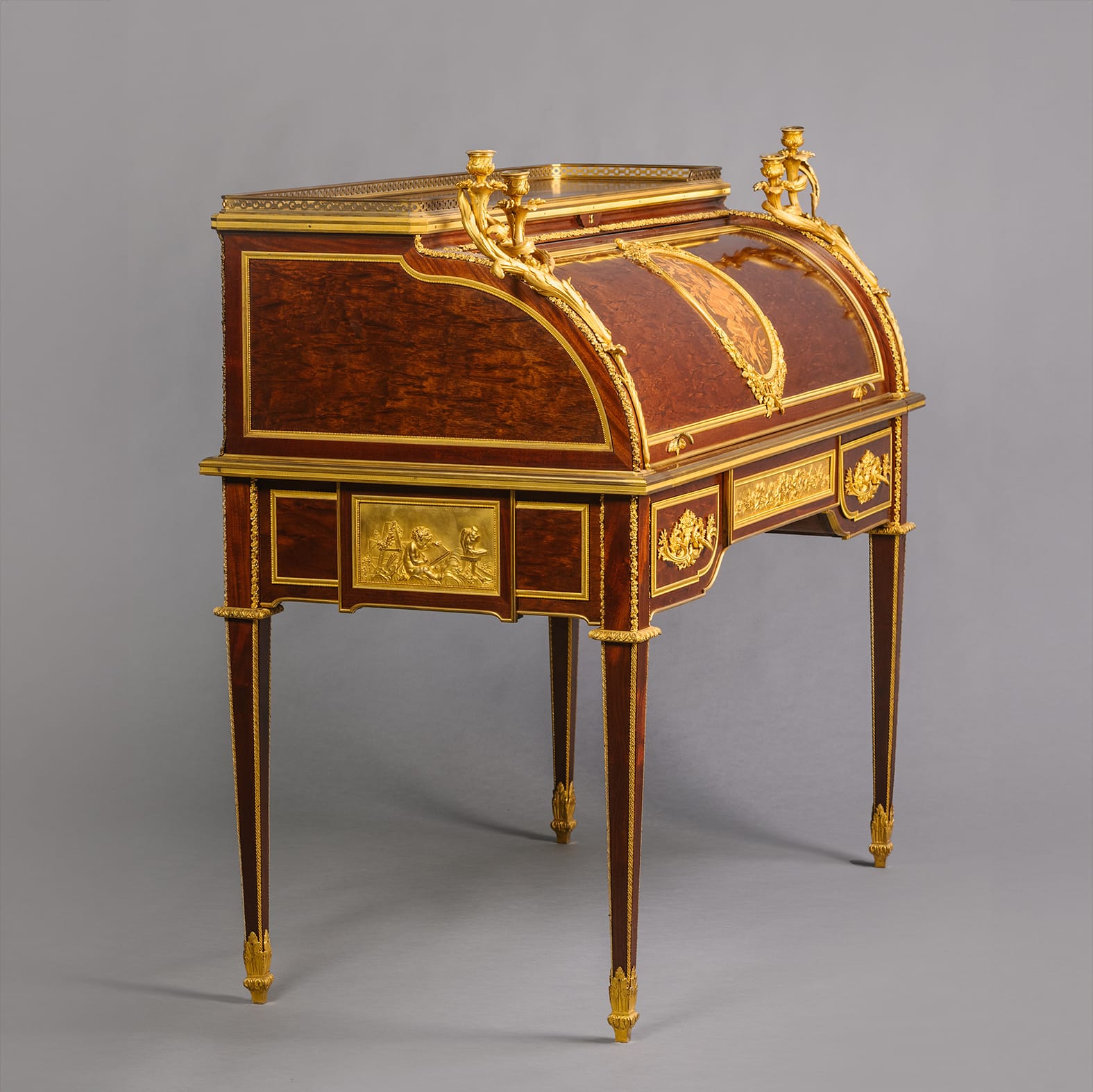
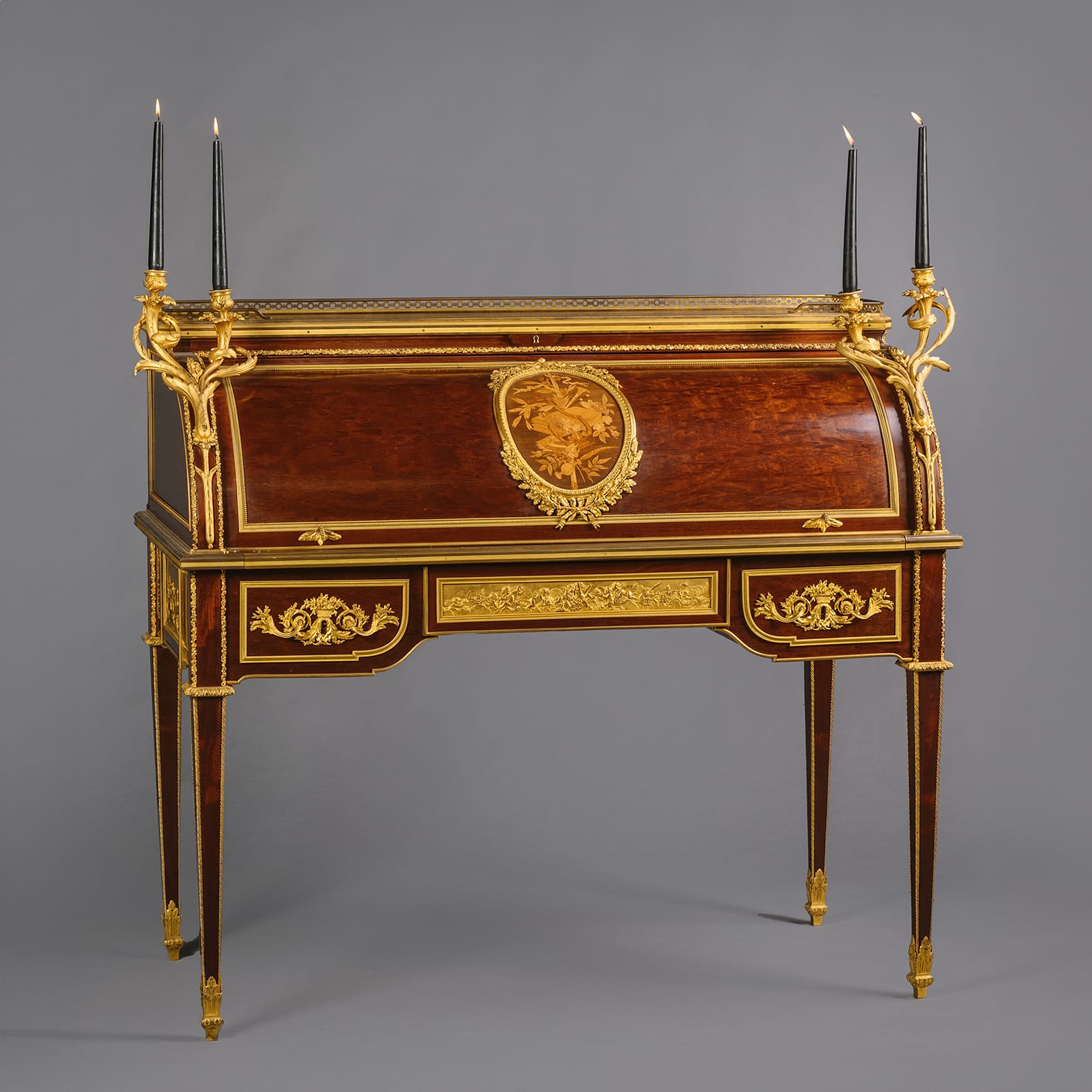
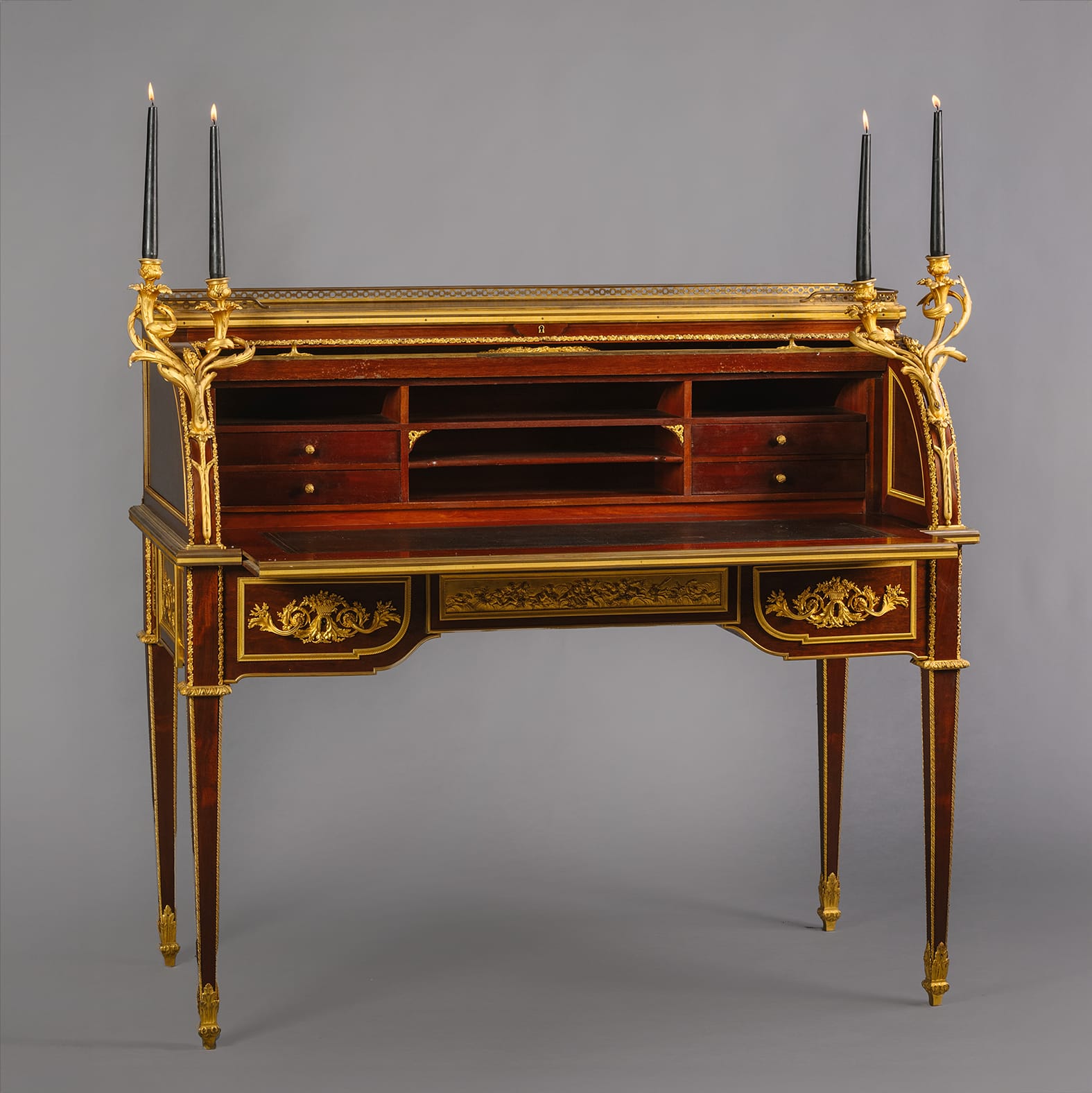
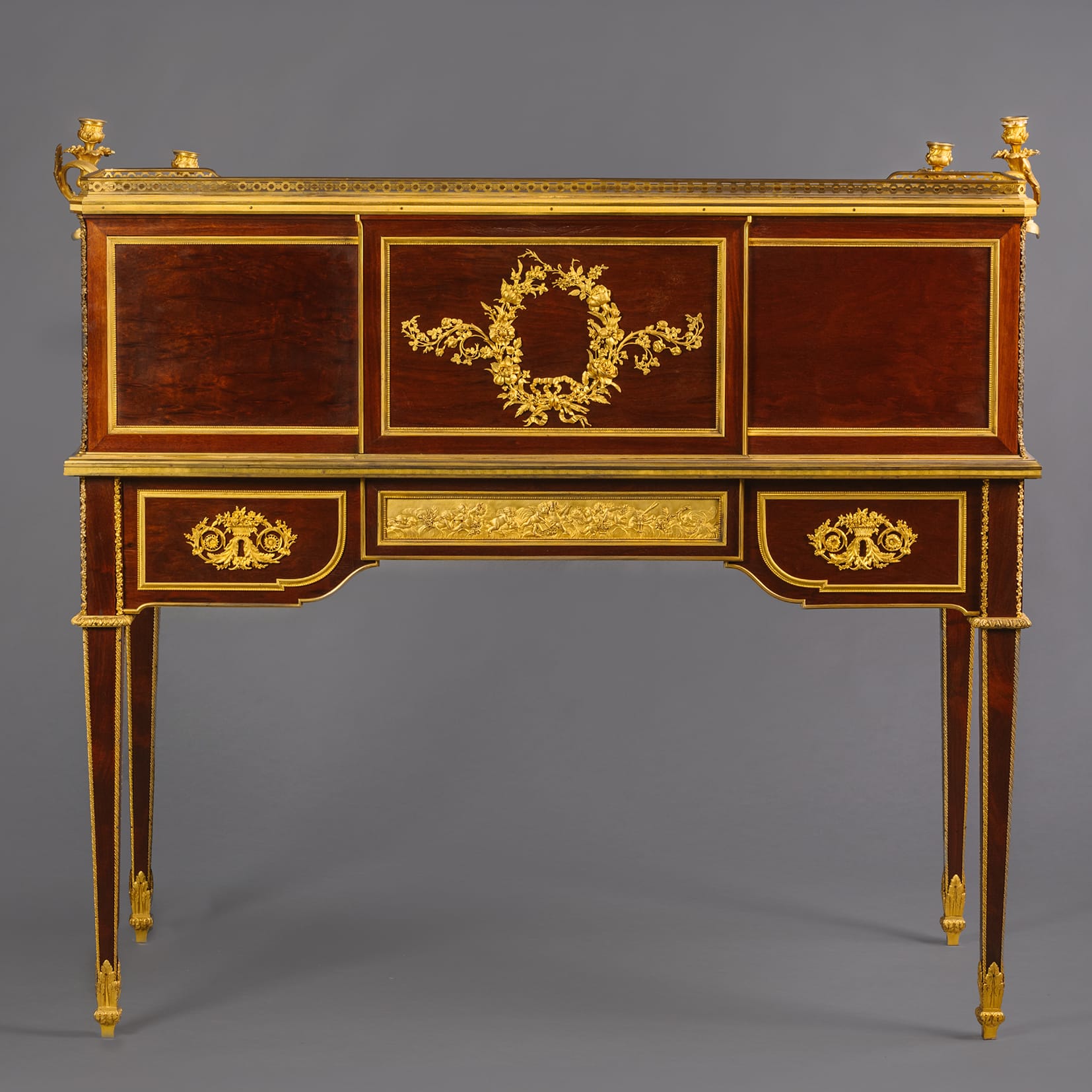
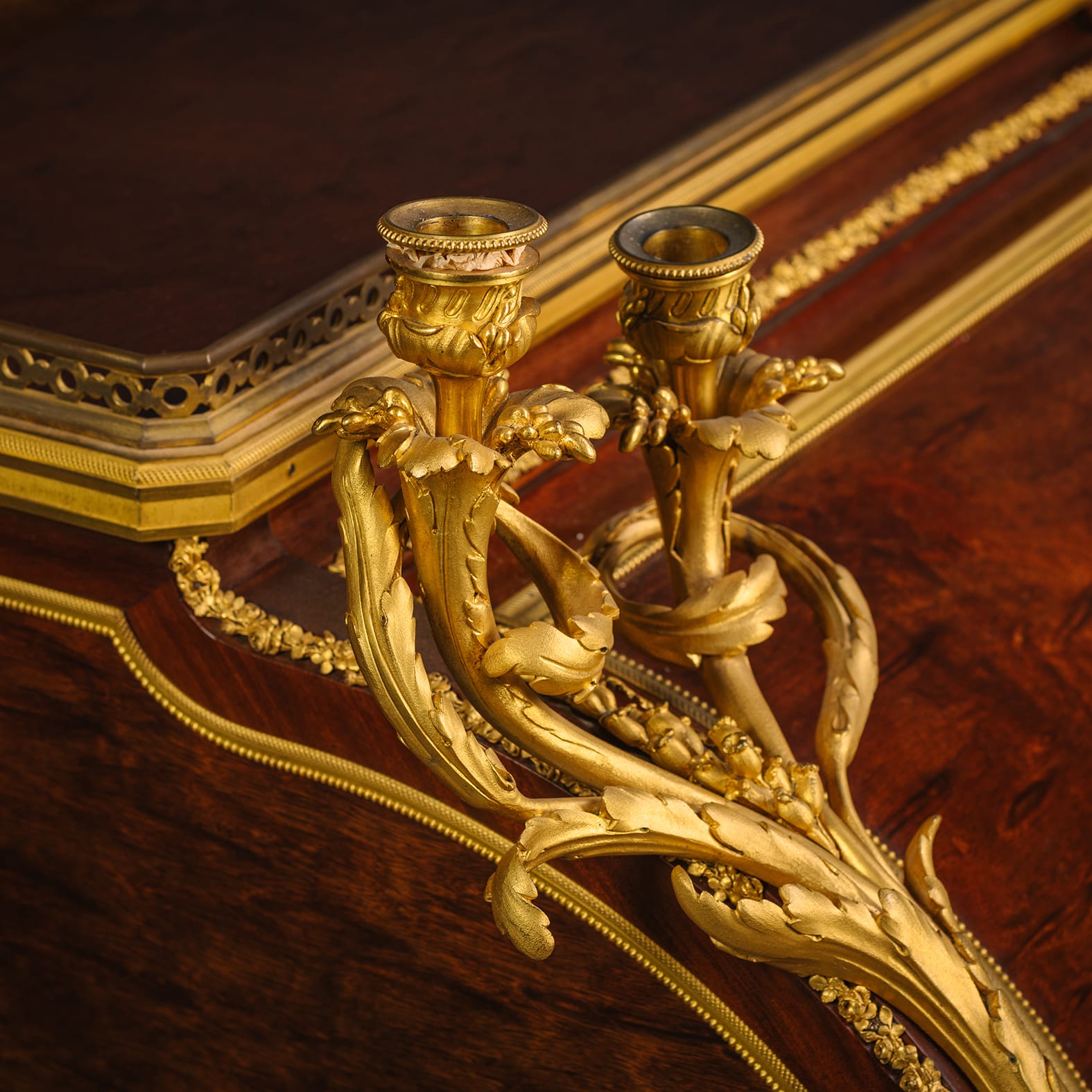
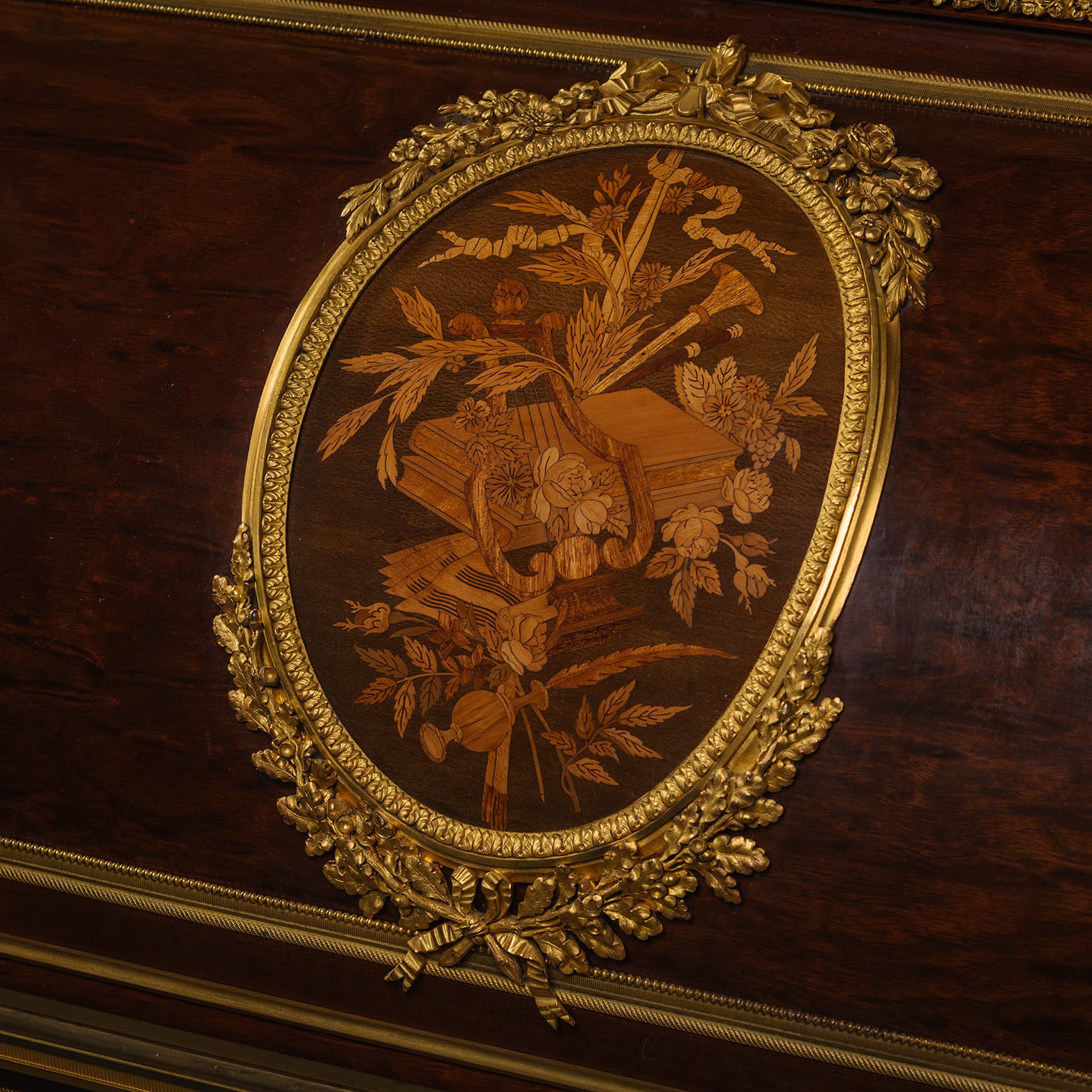
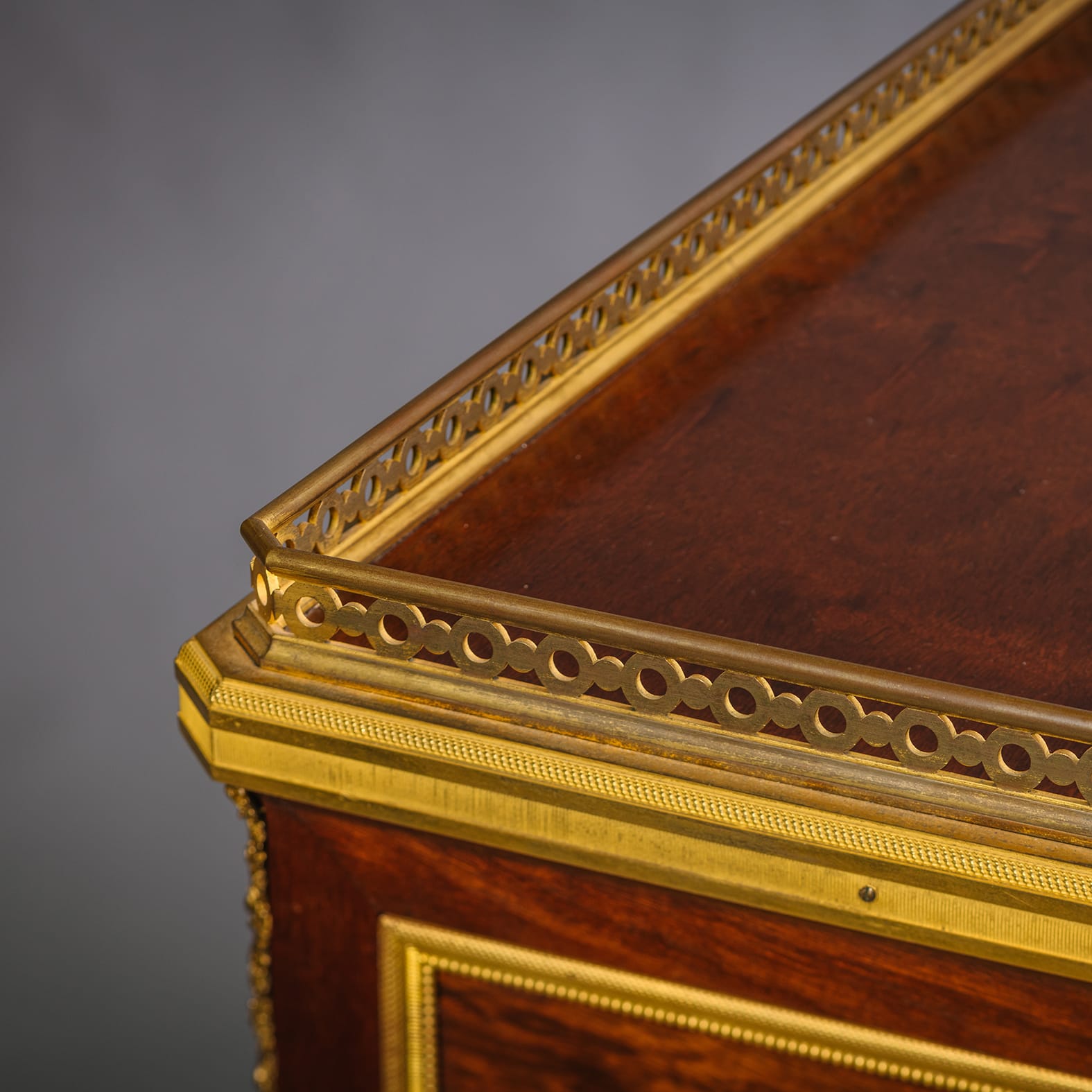
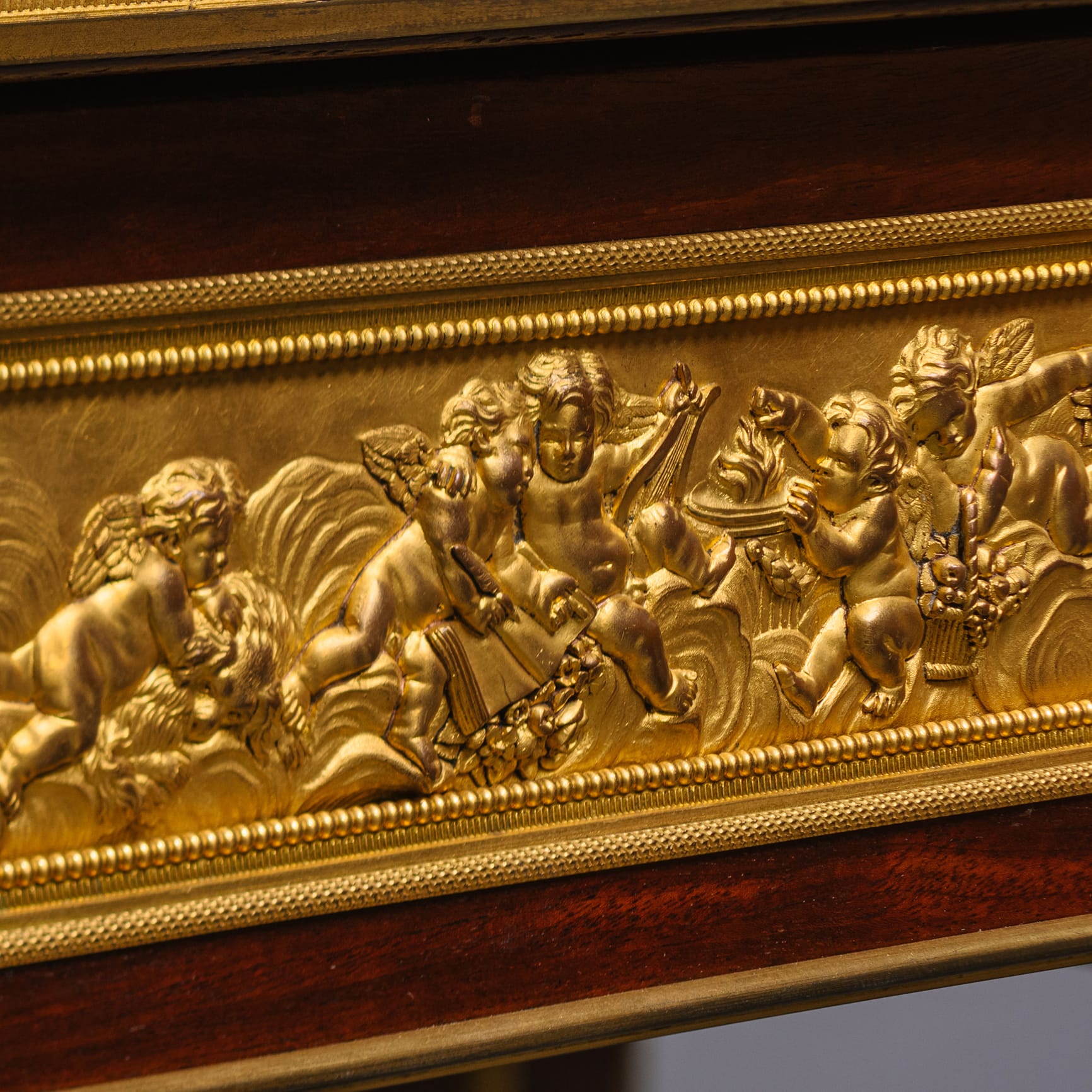
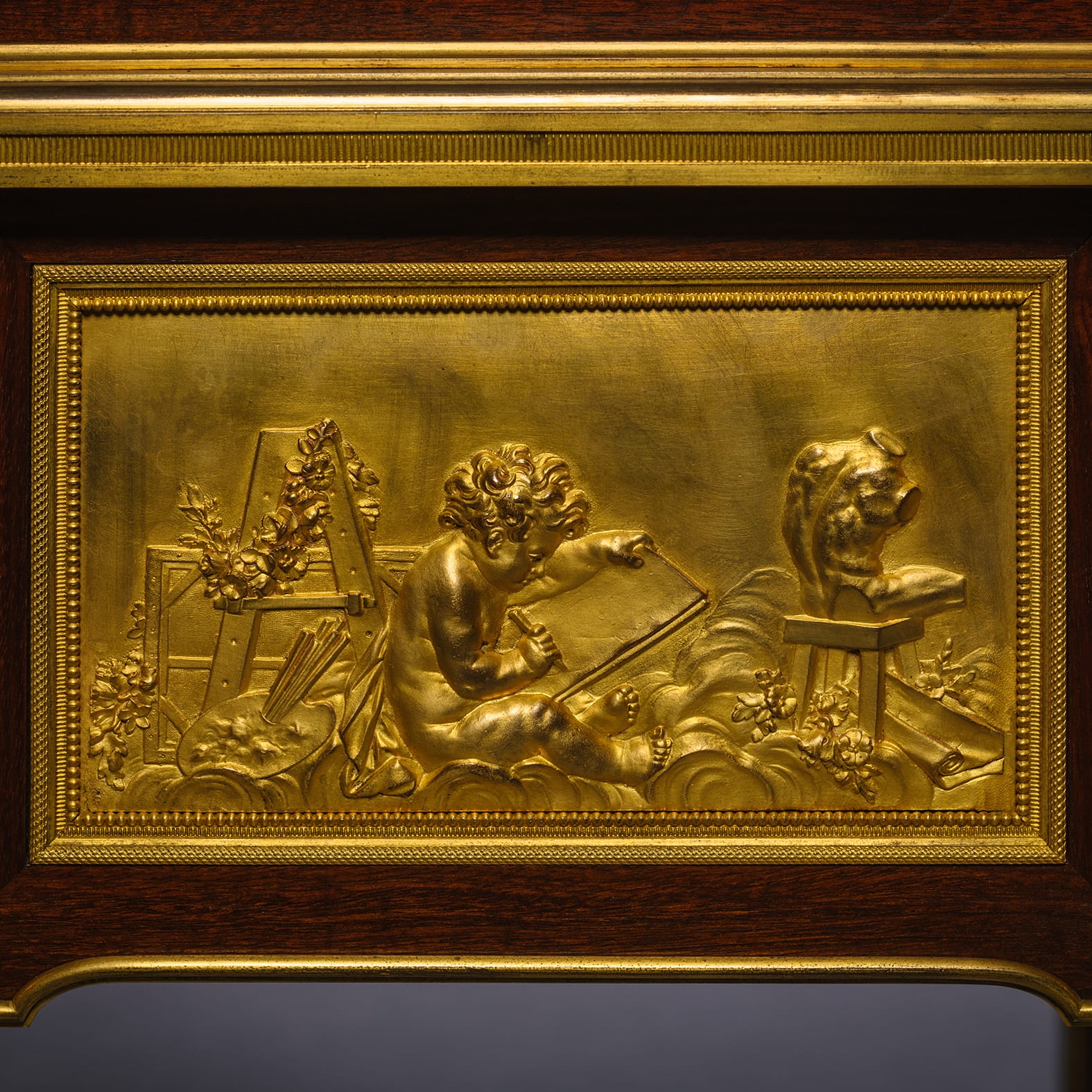
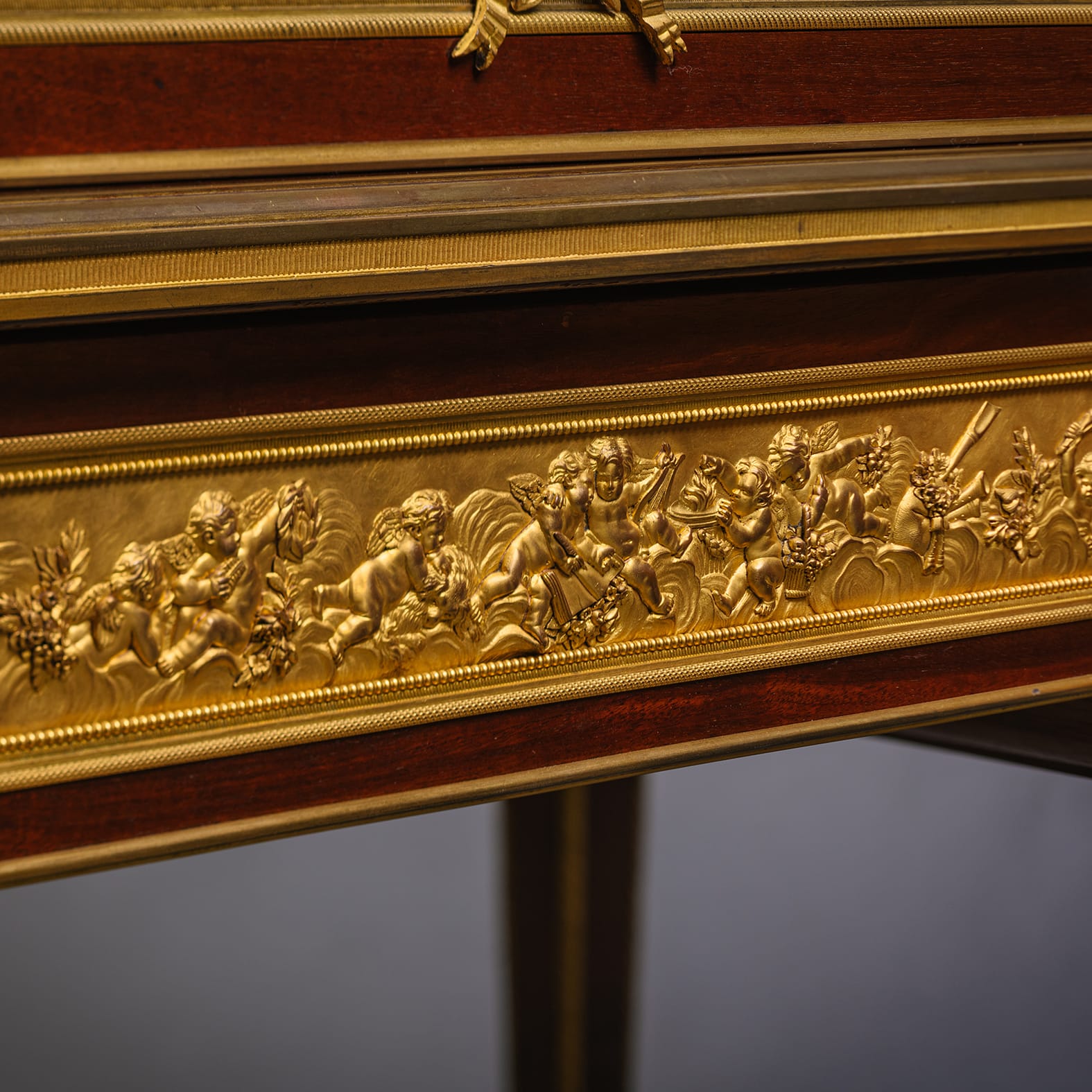
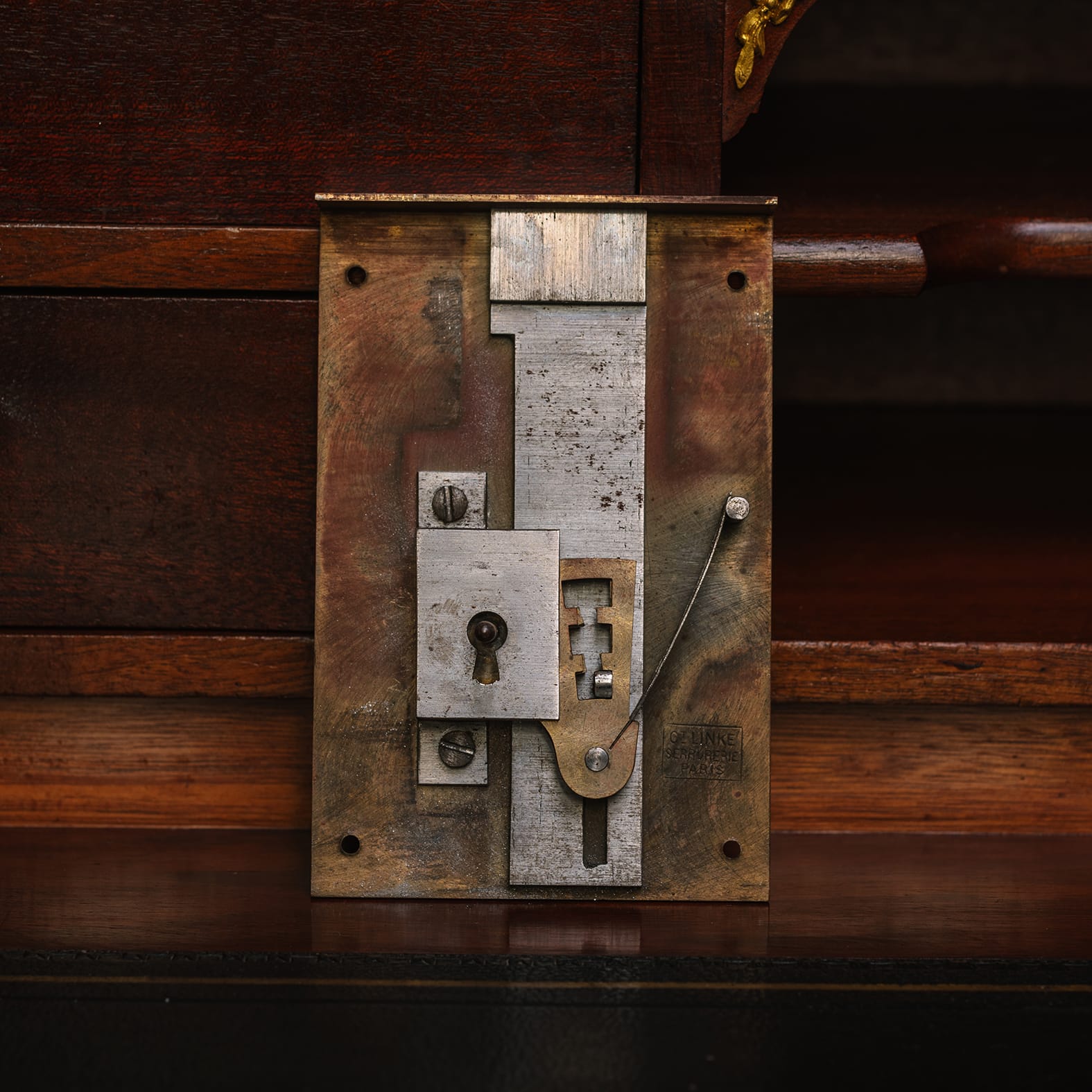
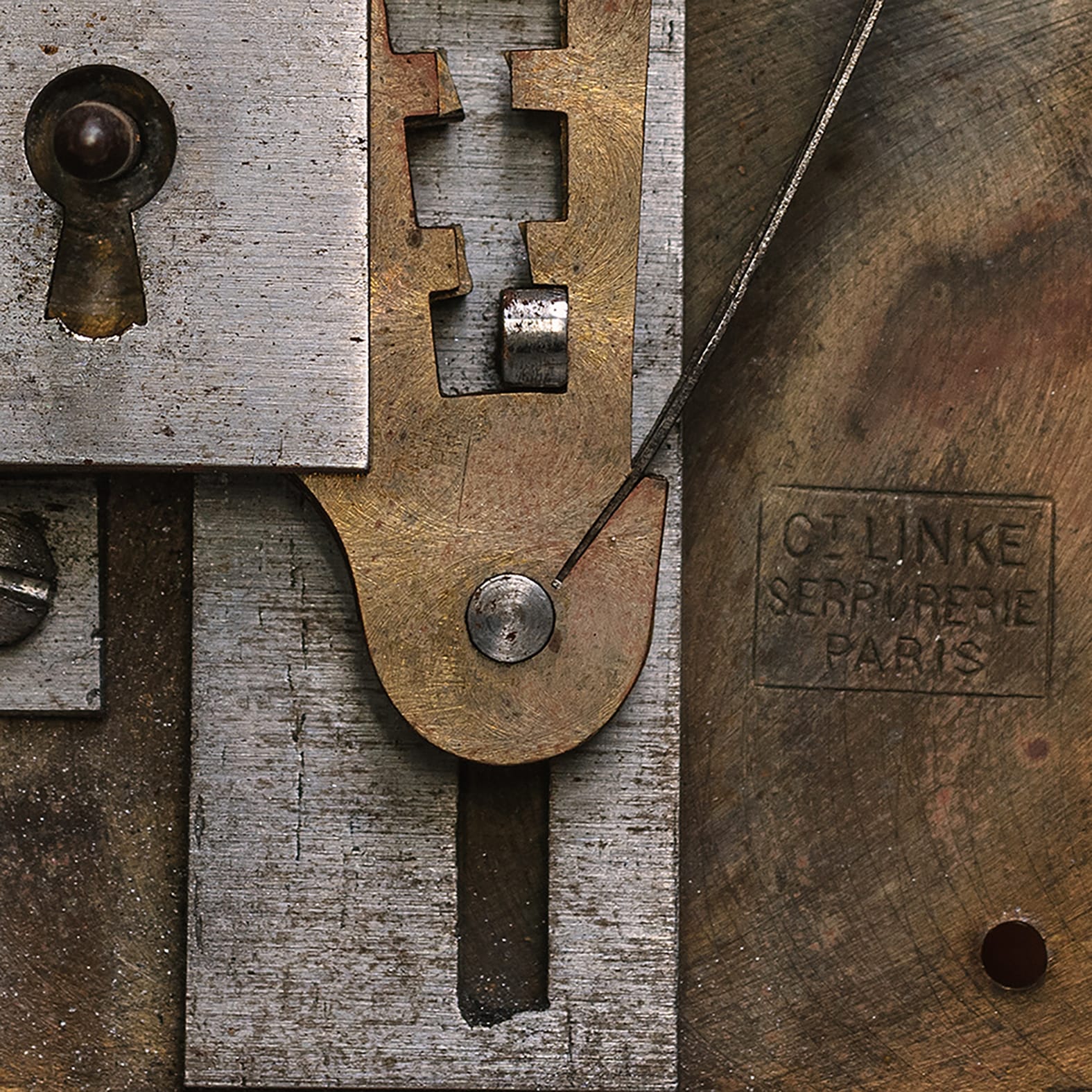

 Print
Print